Have you ever been cooking and accidentally touched a hot pan and immediately jolted your hand away from the braising surface? Or do you ever respond back to someone calling you with a “What?” or “Yes?” Maybe you felt a hair or bug on your skin and reacted by itching the spot that was triggered. All throughout the day we are receiving outside feelings, smells, sounds, and sights that cause our bodies to react in some kind of way. But why do we respond to outside stimuli in the first place? Or a better question is how do we respond to outside stimuli like these? This is all thanks to arguably one of the most important organs in your body, the brain. The brain is constantly receiving and sending messages throughout the body so we can react, function, and well, live. However, did you know you have another “brain” in your body? And no, we are not talking about the brain’s various lobes. There is another organ that actually communicates to the brain rather than simply responding to it. This is because it uses the enteric nervous system which relies on similar chemical messengers as the brain and spinal cord do to send signals throughout the body which we will discuss more about in a bit. The crafty organ behind this is none other than your gut (1)
Your gut is more than just your stomach. When we talk about the gut, we are really talking about your small and large intestine. The small intestine is responsible for most of the nutrient absorption and the large intestine is where you absorb water from anything indigestible in your food. Within your intestine there are trillions of bacteria that form a large population called the gut microbiota. Now, before you panic, these bacteria are beneficial to your health. They start gathering from the time we are born (actually much of this colony is formed when we pass through the birth canal) and build into a unique collection of bacteria for each individual. While small, these bacteria can weigh up to six pounds (1)!
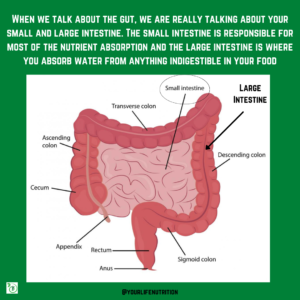
Now you may be wondering, why is this colony of bacteria so important and how can they be compared to the brain? Well, scientists call the gut the second brain because of the way some of the bacteria influence things like mood, emotions, and behavior. For example, the probiotic bacteria Lactobacillus Rhamnosus contains a neurotransmitter (the chemical substance that sends the messages throughout the body) known as GABA. This GABA aids in regulating brain activity and can actually reduce anxiety. So, what exactly does all this mean? It means, the bacterium in the gut actually holds the power to affect our brain’s chemistry (1)! Another way the brain and gut communicate apart from neurotransmitters is with the use of hormones, another chemical messenger released by the brain in response to stimulus and through our immune response (2).
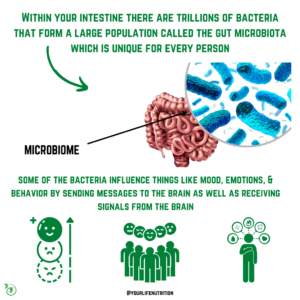
This two-way communication is something you have probably experienced before without even realizing it. Have you ever had butterflies in your stomach from nervousness? Maybe you lost your appetite from stress or danger? This “fight or flight” response triggered the enteric nervous system to slow down digestion to focus on the matters at hand. This can actually cause gut distress like abdominal pain, diarrhea, or other digestive distress. But, as mentioned before, this is a two-way line of communication. When we have GI problems this can also cause anxiety and stress (2).
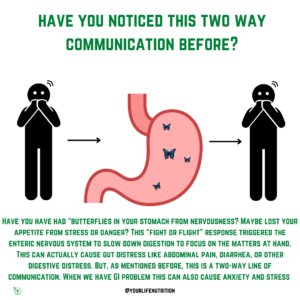
So now you may be asking, “How do I get some of that anxiety reducing bacteria?” The answer is simple, food. As mentioned earlier, everyone’s gut microbiota is unique and the reason for this is not every individual eats the same diet and everyone gets a unique microbiota passed on from their mother. We will be talking more in depth on specific hormones that are found in the gut and that influence mood, emotion, and behavior in the next few posts. These will include important neurotransmitters like serotonin, norepinephrine, epinephrine, dopamine, and hormones like gastrin, cholecystokinin, secretin, somatostatin, and ghrelin. If you are curious to know what foods help promote gut microbiota (pre-biotics or the bacteria’s food and probiotics or the live microorganisms) here is a list to get you started (3-4):
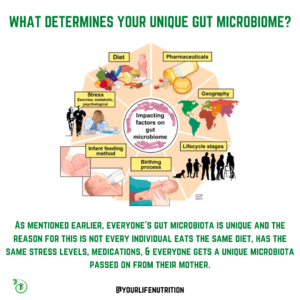
Prebiotic Containing Foods:
- Legumes, beans, and peas
- Oats
- Bananas
- Berries
- Asparagus
- Dandelion greens
- Garlic
- Onion
- Leeks
- Apples
- Cocoa
- Flaxseeds
Probiotic Containing Foods:
- Yogurt
- Kefir
- Tempeh
- Kimchi
- Miso
- Pickles
- Kombucha
- Sauerkraut
- Traditional Buttermilk
- Some Cheese (Hint: look for the words “live cultures” or “active culture” in the ingredients list; some great options include feta, cheddar, gouda, cottage cheese, and provolone)
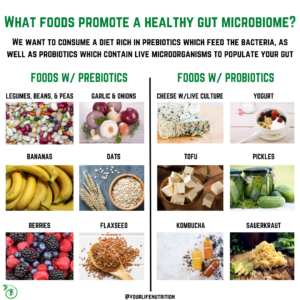
The gut is a very influential organ in the body that can do so much more beyond digesting food (although that is a job in and of itself). The foods we eat to feed and grow this microbiota are so important not only for our brain’s chemistry, but also mood, behavior, emotions, and so much more. If you are interested to learn more about the specific neurotransmitters and hormones that participate in this incredible line of communication and function, stay tuned for more posts on this extremely exciting topic!
Post-created by student dietetic intern from the University of Akron: Michaela Campbell
- 4 fast facts about the gut-brain connection. National Center for Complementary and Integrative Health. https://www.nccih.nih.gov/news/events/4-fast-facts-about-the-gutbrain-connection. Accessed March 16, 2022.
- Gut-Brain Connection: What it is, behavioral treatments. Cleveland Clinic. https://my.clevelandclinic.org/health/treatments/16358-gut-brain-connection. Accessed March 16, 2022.
- Semeco A. 19 prebiotic foods you should eat. Healthline. https://www.healthline.com/nutrition/19-best-prebiotic-foods. Published May 11, 2021. Accessed March 16, 2022.
- Palsdottir H. 11 probiotic foods that are Super Healthy. Healthline. https://www.healthline.com/nutrition/11-super-healthy-probiotic-foods. Published January 6, 2022. Accessed March 16, 2022.
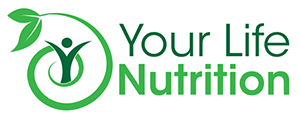
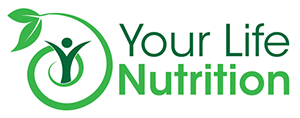
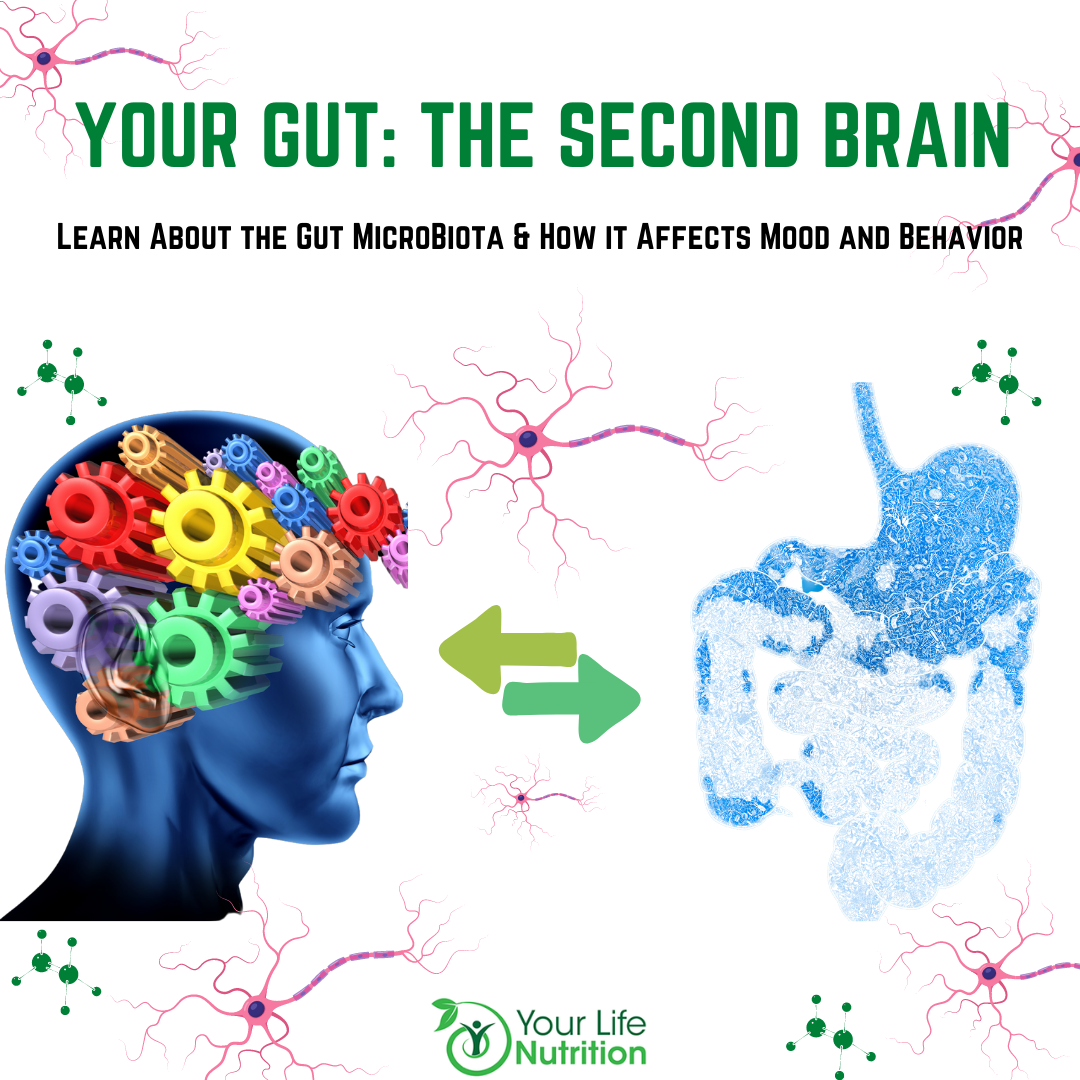



[…] but did you know they have another very special role in the body (1)? If you read the last post “Your Gut: The Second Brain” you may remember that there are important hormones and neurotransmitters involved in the […]